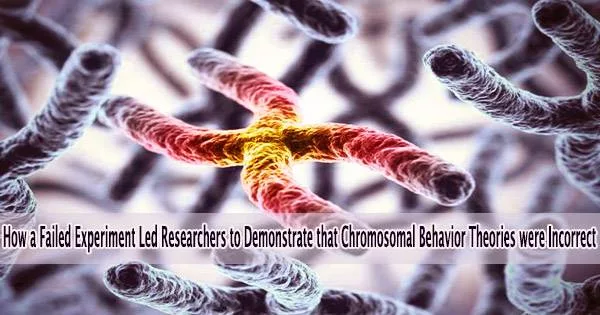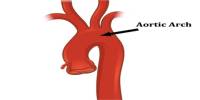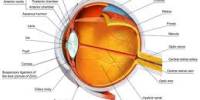Gene control involves biological processes that can be very intricate. All of biology is based on the expression of genes, which determines when, where, and how much gene activity occurs, although this topic is surprisingly poorly known.
Our research team just published a publication that raises more questions than it does solutions, but it also offers some explanations for potential mechanisms driving the complex web of gene activity. And most importantly, given the way we typically finance and support scientific research, this published paper shouldn’t even exist.
Complexity and genetic regulation
Biological complexity the gloriously complicated and convoluted living world around us is driven by regulation and specificity.
In a multicellular creature, each cell’s genome, or collection of genes, is essentially the same. Each cell has a unique set of genes that are switched on or off, which is what gives a skin cell its own identity and what distinguishes it from a muscle cell. This regulatory process is astonishingly detailed but annoyingly disorganized, and it adheres to a maze of regulations.
The specifics of how gene activity is regulated are one of contemporary biology’s greatest unsolved mysteries due to their intricacy.
In our paper, we explore how chromosomes physically interact and share information, how that sharing substantially modifies gene expression, and how that modification varies drastically between individuals. All three of these ideas help to explain some of the complexity in gene expression, but standard models of gene regulation have largely neglected them.
Chromosomes are independent, their expression is unaffected by one another’s, and gene expression is consistent among individuals, according to geneticists’ training. Except they aren’t, they do and it isn’t.
Chromosomal communication
Chromosome pairs physically couple through a process known as transvection, which changes how the genes they contain are expressed. We used an unusual genetic setup that we had developed by matching a series of chromosomes with tiny genetic deletions that render a gene inactive with wild, functional chromosomes to study the phenomenon in fruit flies.
Chromosome pairing is a natural component of gene regulation and development, according to research from other labs. But pairing errors like the ones in our study do happen, and at least one type of human cancer is caused by them.
Transvection is a widespread process and a powerful example of the hidden complexity of gene regulation.
It is also an example of research we would not have pursued if not for some uncommon direction and mentoring Thomas Merritt, a co-author of this article, received just before starting his own lab.
Our transvection project started as a failed experiment while Merritt worked in evolutionary geneticist Walt Eanes’s lab at Stony Brook University. Merritt had altered a gene to create a particular degree of protein activity as part of a study on the interactions of metabolism in flies. Although the editing was successful, protein and gene activity were significantly higher than anticipated. The experiment had failed.
Fortunately, Eanes explicitly guided researchers under his mentorship to pay attention to the unexpected, including failed experiments, and use them as an opportunity to question assumptions.
Two decades later, working alongside other scientists, we’re still finding new complications in genetics.
Failed experiments and scientific assumptions
That initial experiment had failed but it had done so for a very interesting reason. What geneticists normally think of as “independent” chromosomes interact with one other through direct physical links, as demonstrated by that unsuccessful experiment and the subsequent research.
That failed experiment illuminated a world of complex regulatory control. Not only do genes have incredibly complex on/off switches, these switches sometimes work across and between chromosomes.
Handled well, these unexpected failures in the lab pushed us to question the assumptions that led to the unexpected result. Here, the failed experiment forced us to rethink the independence of chromosomes.
Our further studies explored how this genetic conversation was dynamic, changed in response to the environment and differed between individuals.
Individual variation
A key component of disease and individuality is the dynamic gene regulation and individual variation that enable multicellularity. For example, why do some people, but not others, respond to cancer treatments or even fall victim to cancer in the first place?
A better appreciation of individual variation is one of the major advances of our paper. Our research starts to shed light on the genes and mechanisms responsible for the significant individual diversity in the amount of communication between chromosomes.
These are crucial milestones in the direction of a fuller comprehension of gene regulation and the dysregulation that results in illnesses like cancer.
Dynamic science
Science advances when scientists push boundaries and explore, not when we repeat or timidly inch forward. Too often we try to avoid or prevent failure. Funding agencies may also hesitate to fund projects seen as risky.
Science needs a culture that promotes risk and exploring the unexpected.
And even while we use science to handle new challenges, we do not fund the required scientific advancement. Consider the rising frequency of climate disasters, the difficulties associated with feeding a population that is growing at an exponential rate, the continuous worldwide pandemic, and cancer.
Scientific funding organizations should recognize and encourage the need for creative ideas and innovative strategies to address each of these problems.
Understanding advances require innovative science and researchers who are encouraged to experiment, pose novel questions, and occasionally make mistakes in the lab. The questions an experiment compels us to ask are occasionally the most significant outcomes.
















